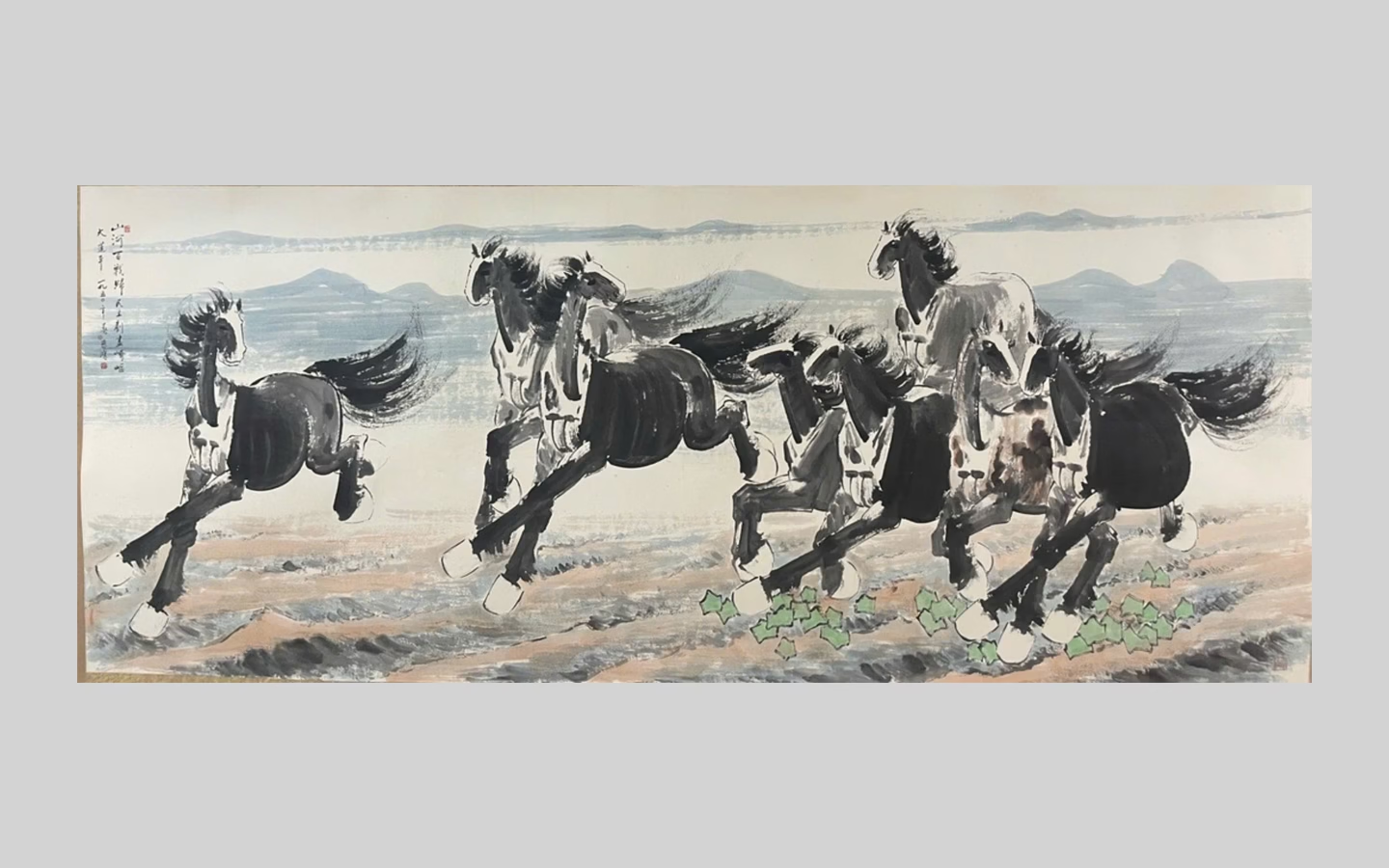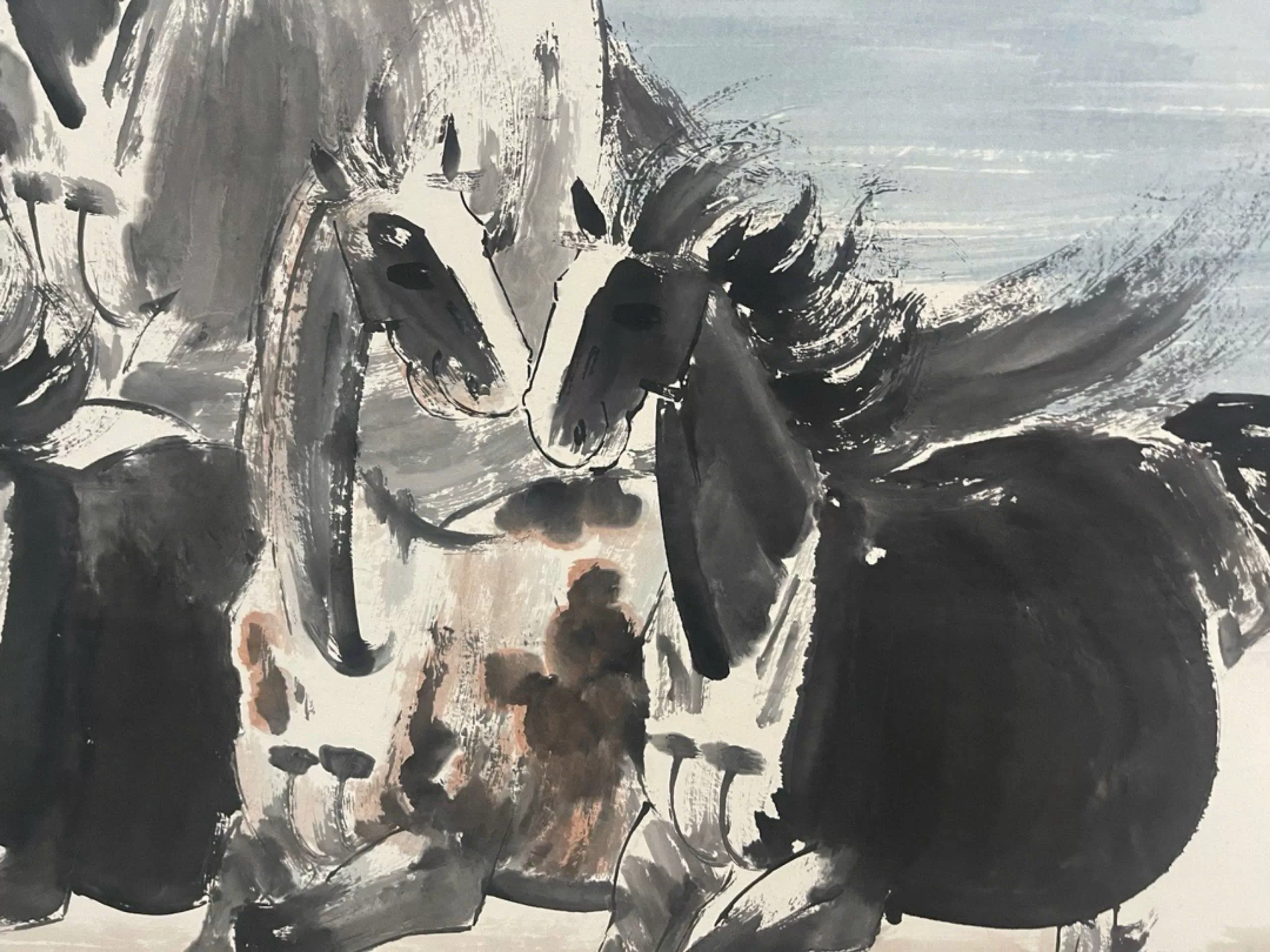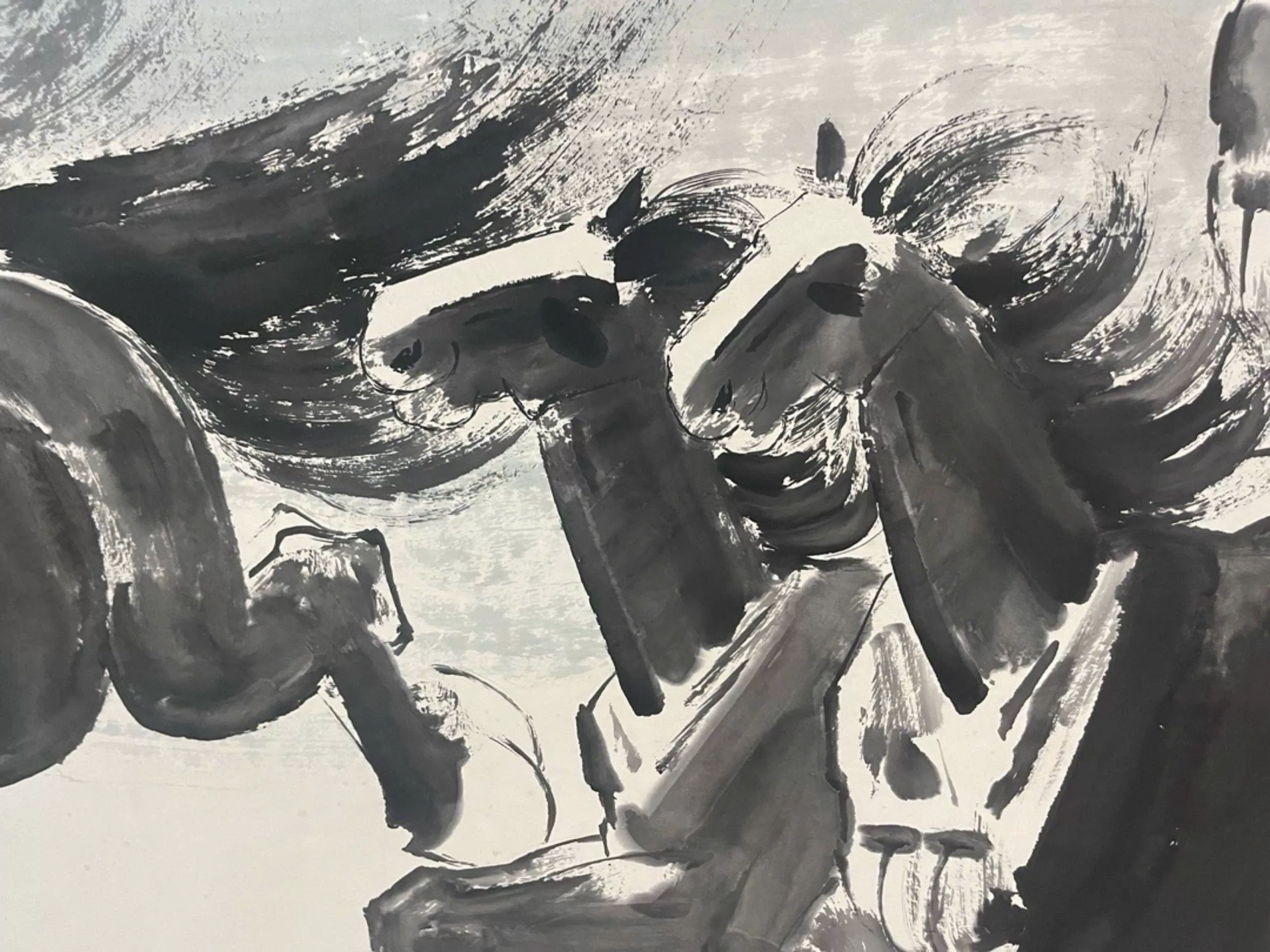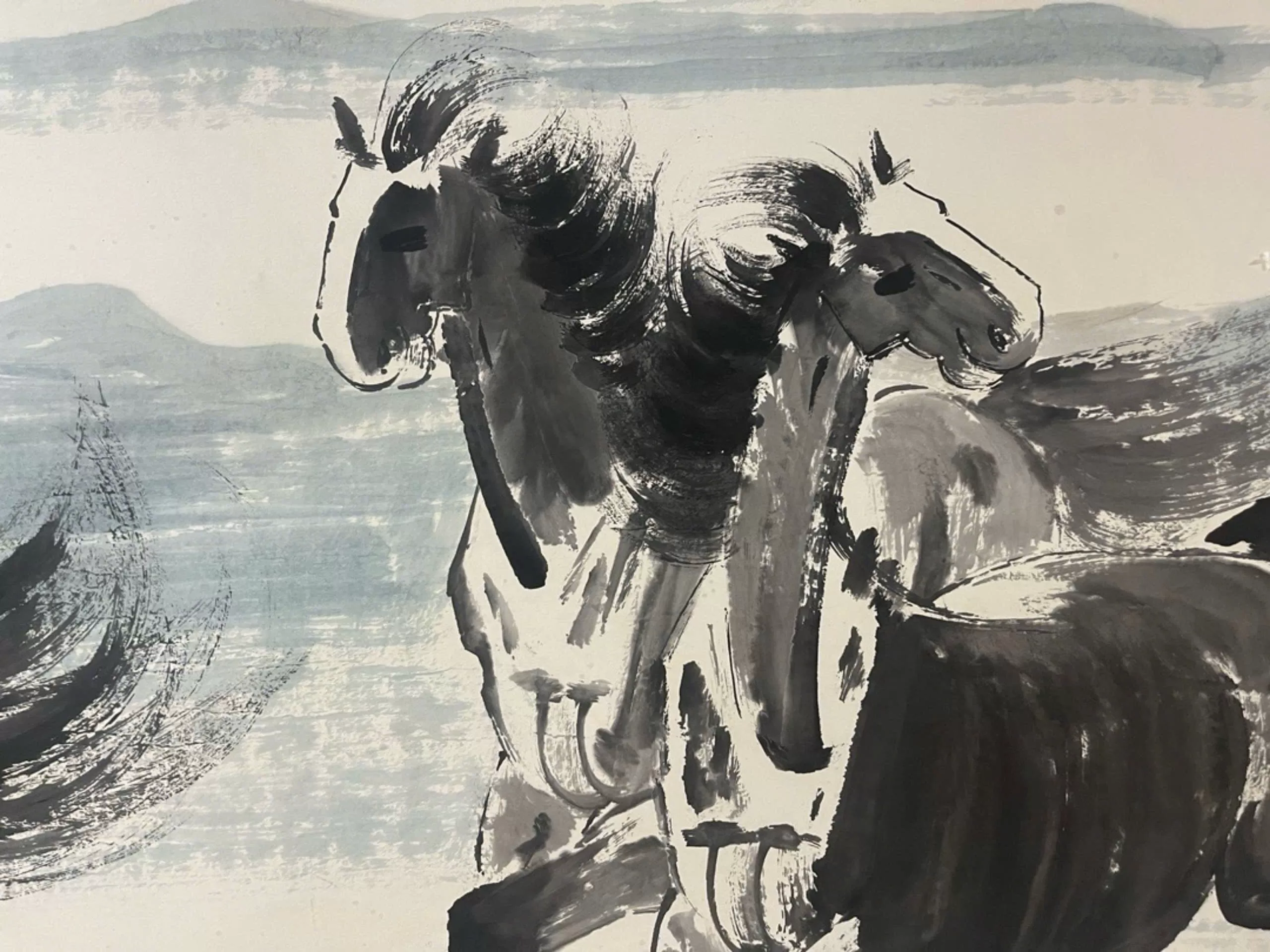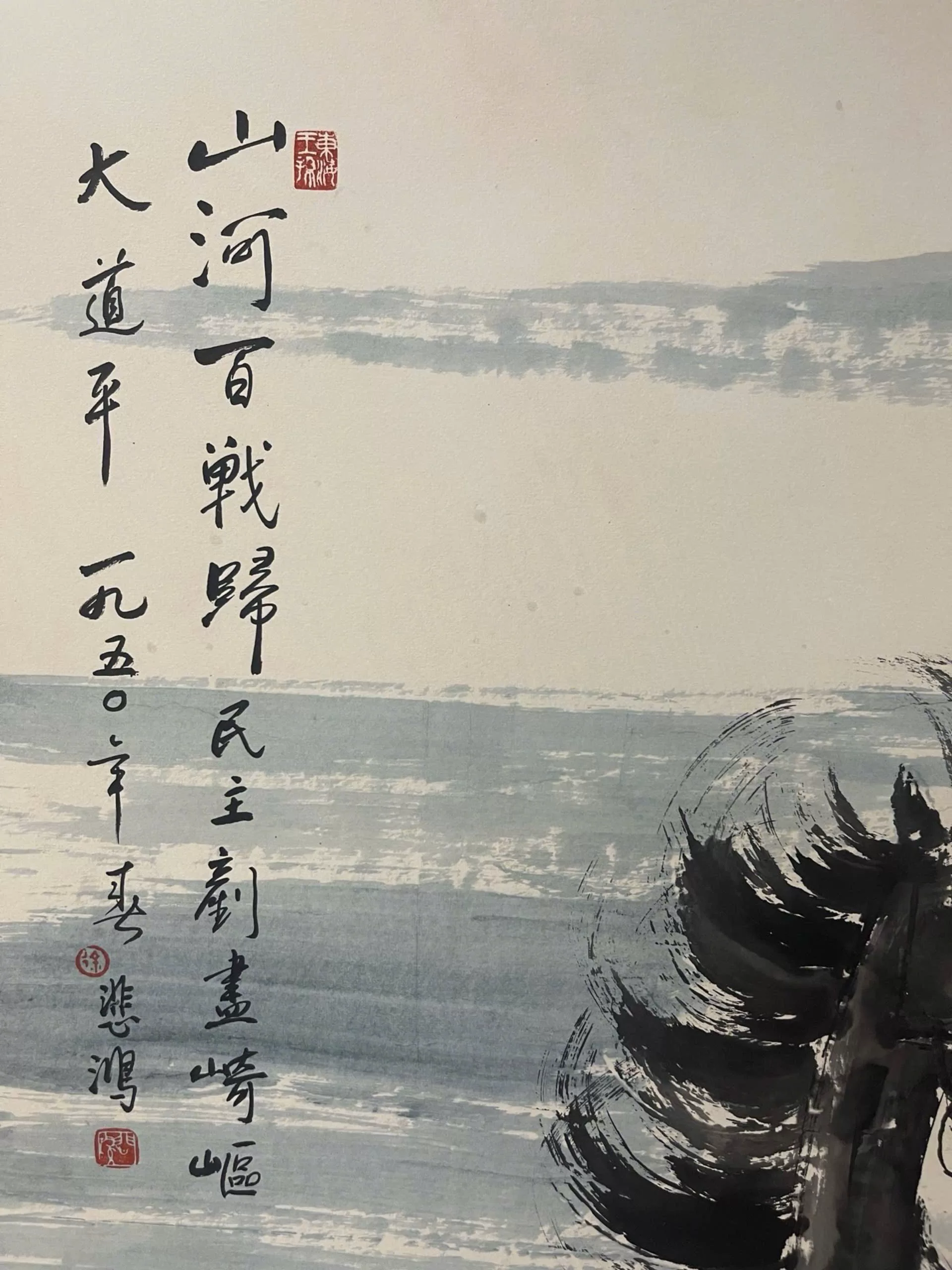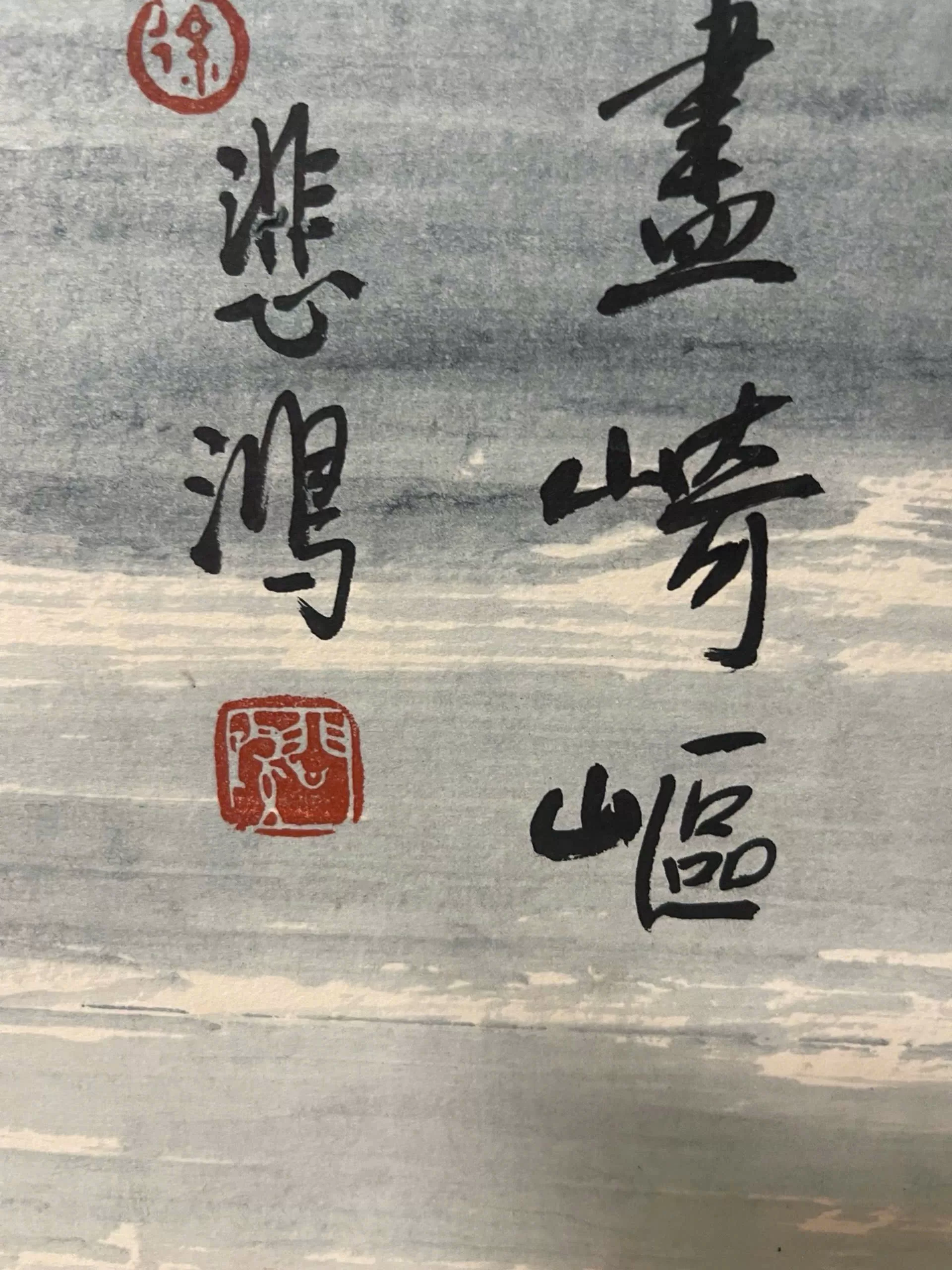XU BEIHONG (1895-1953)
Xu Beihong Biography
-----
Xu Beihong (1895-1953) was a pioneer of 20th century Chinese art, well known for his traditional ink-and-wash paintings of horses and birds. He was especially influenced by the Realist movement and was one of the first Chinese artists to explore the techniques of oil paintings. In advance of Sotheby's auctions, here are fifteen facts about Xu Beihong's paintings and biography.
1. Xu Beihong’s first teacher was his father.
Born in 1895 in Yixing, Jiangsu, Xu Beihong was the eldest son of the family and cherished by his parents. At a tender young age, he learned the Chinese Classics under the tutelage of his father, Xu Dazhang, who was a teacher and painter. Exhibiting a strong interest in arts since childhood, Xu Beihong would imitate works of painters of the late-Qing dynasty, such as Wu Youru and Ren Bonian, and paint portraits of people around him.
2. Xu Beihong’s changed his birth name to one with a more sorrowful meaning after he experienced a series of hardships.
Apart from academic and artistic pursuits, the young Xu Beihong would spend much of his time helping out on his family’s farm. With frequent floods in his hometown, they would find themselves in dire straits, and so Xu and his father would leave for neighbouring towns to sell their paintings. In 1912, his father fell gravely ill, and they had no choice but to return to home together. Xu Beihong thus became the breadwinner of the family, and began teaching arts in various schools. These hardships with his father along with the pain of experience the death of his first child in later years prompted him to change his birth name “Shoukang”, meaning longevity and health, to “Beihong”, which refers to a sorrowful goose.
3. Xu Beihong's subjects covered a wide range.
Xu’s paintings included portraits, historical events, animals and landscapes. From a young age, he would portray what he observed in nature. In his many animal paintings, such as those of horses, cows, chickens, eagles, and lions, would typically have deeper underlying meanings. In 1935, Zhang Daqian, who taught at the National Central University, and Xu Beihong brought their students to Huangshan to sketch, creating indelible images of the Li River and the Himalayas. These scenic vistas were frequent subjects of Xu’s work.

